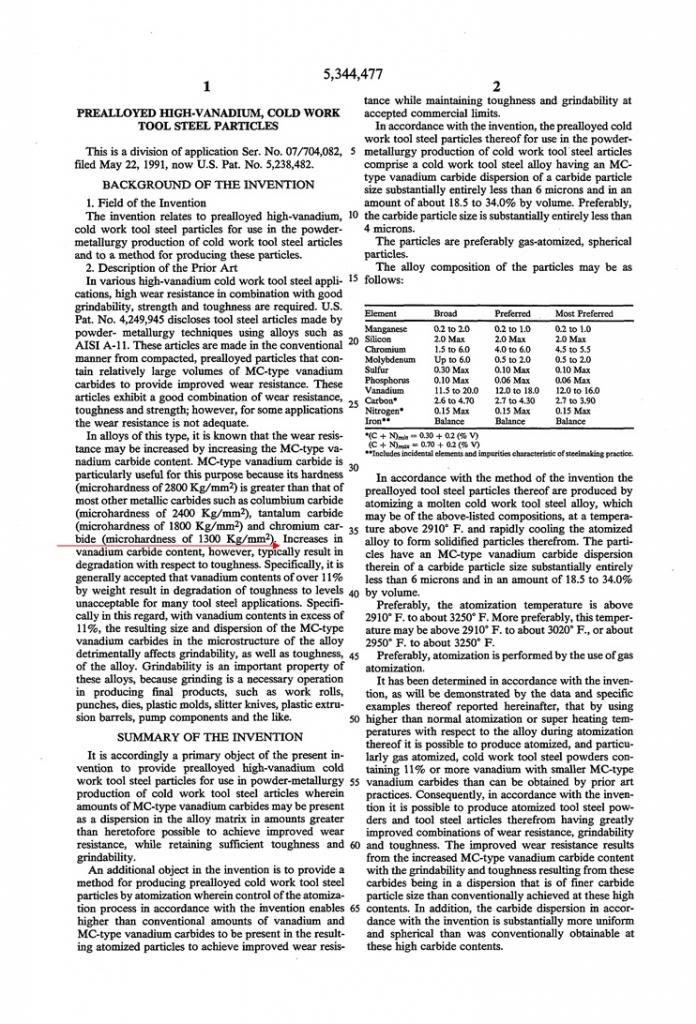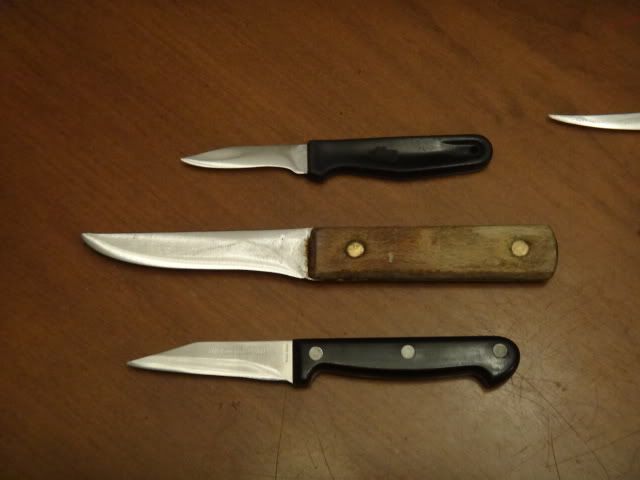(been on the road for a few days, so this comment is pretty delayed)Cliff Stamp wrote: the most likely cause of that is what is referred to as an example of "lies told to children". When you are introducing a subject it is often simplified to the point that some of the information is no longer strictly true (there is no Santa Claus Charlie Brown).
Coming from a similar background to you, these "lies told to children" have been one of the most infuriating things I've ever dealt with. When you are teaching early college-level physics classes, sometimes the hardest part is convincing the students to "unlearn" the half truths they learned in high school. I've gotten some serious headaches after dealing with students who absolutely insisted that friction could NEVER EVER depend on surface area, because the first approximation they learned in class said so, and they "proved" it with wooden blocks sliding on an aluminum ramp. And then you start discussing centrifugal force, and things go to ****...
You always wish you could just jump to D'Alembert's Principle, and build to the Lagrangian and Hamiltonian formulations, but unfortunately the math background usually isn't there at that point. Instead, you have to deal with students who, like the original comment that spawned this discussion, end up going in all the wrong directions due to a teacher who could have been a lot clearer and more careful with his words in the first place.
This discussion is reminding me how happy I am to have left academia. Living in a world where fewer and fewer have respect for scientists and the scientific method, I left a lot of stress behind when I moved away from that world.
I stand by my "terrible professor" statement, though, if this really was a case of "lies told to children." Whenever I've had to teach these simplified concepts, I've always tried to go out of my way to be extremely clear that these are simplifications and don't show the whole picture. You sometimes deal with some pushback and disdain from the students, but I'd rather do that than feel like I was misleading them. If they cared that much, they could take some more math classes and come see me in a few years



